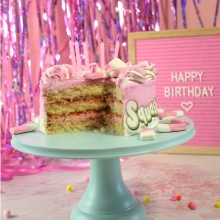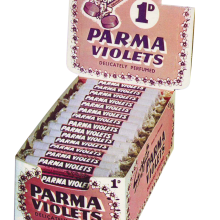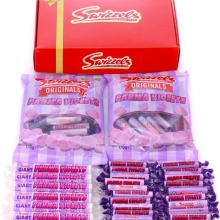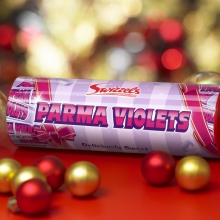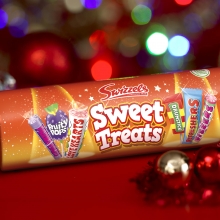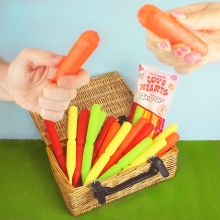
Stocking Fillers Through the Years
Much of Christmas as we know it today in the UK comes from the Victorians – including the Christmas stocking[1]. And ever since then, they have been associated with receiving something sweet.
The Victorian Christmas Stocking
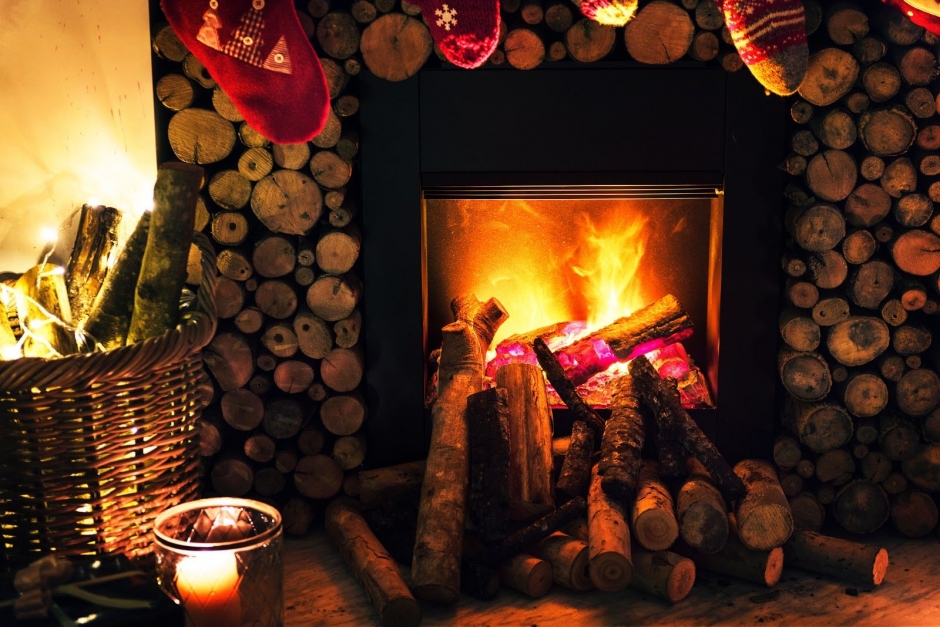
Unlike today, for Victorian families, stockings constituted the main Christmas present. The stockings themselves would be as beautifully made as the family could afford. Handcrafted and gorgeous, they would be treasured through the years, almost as much as their contents were treasured on the day. And they would be packed full of goodies.
For children, the gifts would include peg dolls – often made from rags in poorer families – marbles, spinning tops, skipping ropes, kites, and, of course, something to eat. Fruit and nuts were prized, but it was the home-made sweets and treats that would light up little faces; cakes; fudge; sugar tablet; maybe even marzipan.
Adults would also share a child-like enjoyment of the sweet treats, while fishing out embroidered handkerchiefs and homemade tobacco boxes from their own stockings’ toes.
So, how did the stockings of the future compare?
The Edwardian Christmas Stocking
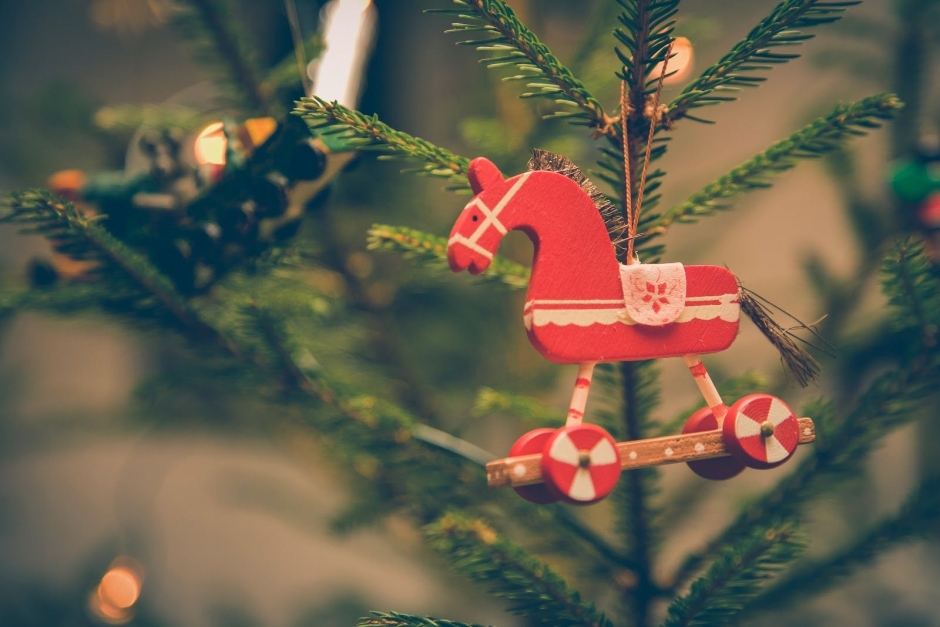
Wooden toys were firm favourites; number blocks, dollies, soldiers and tea sets. For older children and adults, pens joined the ranks, along with grooming kits and clothing. While homemade sweets were still given, shop-bought Christmas sweet bags began to emerge, with aniseed rock, peppermint sticks and ‘bullseyes’ becoming quickly popular.
The War Years Christmas Stocking
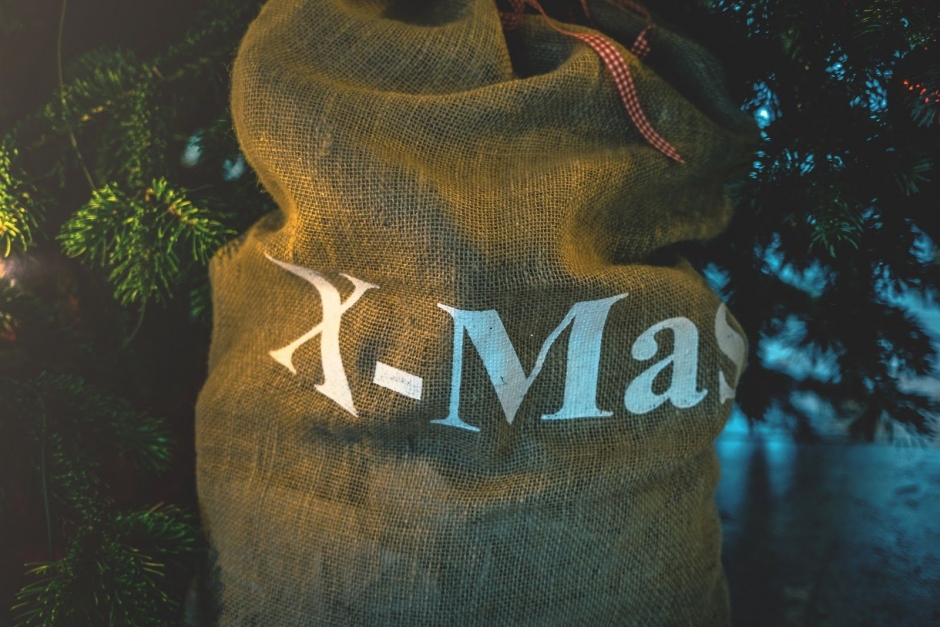
During the war years, money was short, and sugar was shorter. Gifts were practical – gas masks were a common present in 1939 – and thrifty, with card games and home-made wooden toys and rag dolls filling stockings. Christmas sweet jars were given, but they were low-sugar treats, such as liquorice.
The Christmas Stocking from the 1950s to the Present Day

After World War II, the stocking began to take second place at Christmas, with the main gifts being found under the tree. Stocking fillers would include:
1950s: A penny, a satsuma, liquorice, an annual, and excitingly, the first sugar mice!
1960s: Christmas annuals remained big stocking business and they were joined by more Christmas sweet jars – Parma Violets, Jelly Babies, Black Jacks and Love Hearts. While under the tree, Barbie and Action Man made an appearance.
1970s: The Rubik’s Cube was the king of the stocking filler, with bags of Christmas pick ‘n’ mix sweets delivering the expected sugar high. In the 70s it was all about sherbet: Flying Saucers, Refreshers, Sherbet Fountains and Dib Dabs.
1980s: This was the time of all sweet things: Care Bears (ahhhhh!), My Little Pony and Cabbage Patch Kids. In your stocking, you might find retro sweets, with a throwback to the sugar mice, but if you were luckier, there would be Drumsticks, Caramac, and a Cadbury’s selection box.
1990s: Furbys and Game Boys were all that anyone wanted. You might have received a Tamagotchi, a stocking full of Pogs or maybe a Polly Pocket. Selection boxes were bigger still, along with mixed Christmas sweet bags and jars.
Retro sweets have become a big part of Christmas. They’ve made their ways into stockings, Christmas hampers, and under trees. Why? Because they taste of one thing: childhood. And what more can you want at Christmas?
[1] OK, so stockings were around long before the 19th century in many other European countries, inspired by the story of Saint Nick – the kindly, childless man, who would sneak gifts of money into the homes of needy children – but the Victorians brought the tradition to the UK.
Recent posts

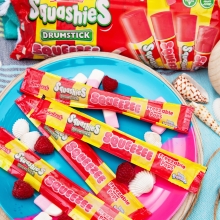
Your Squashies experience just got a whole lot cooler
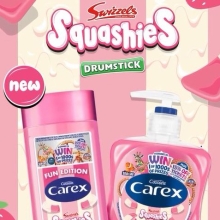
Squashies X Carex
